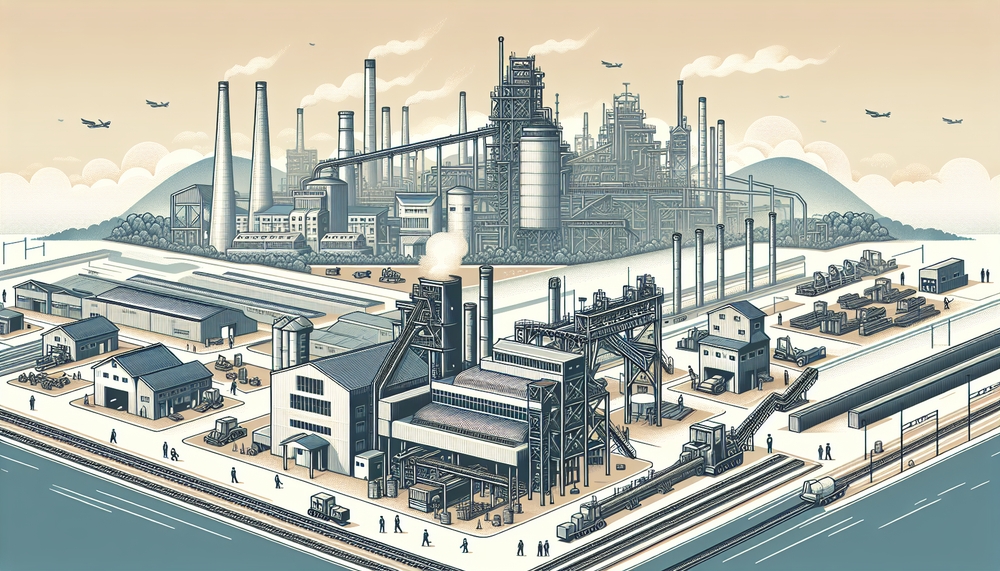Published
- 3 min read
China's Industrial Policy: Beyond Unprofitability Issues

Introduction
China’s industrial policy has long been a linchpin of its rapid economic development. However, recent unprofitability issues highlight the urgent need for a refined approach. In the current economic landscape, where global interconnectedness intersects with national strategies, understanding these dynamics is crucial. By delving deeper into China’s industrial goals, we can identify areas for strategic refinement and optimization that may alleviate economic pressure while fostering sustainable growth.
Historical Context of China’s Industrial Policy
China’s evolution from a fragmented, local government-driven industrial approach to a centralized strategy under Xi Jinping marks significant transitions. Initially, local governments led the charge, fueling rapid industrialization with decentralized initiatives. Under Xi Jinping, the focus shifted to sweeping, centralized strategies such as Made in China 2025, aiming to catapult Chinese industries up the global value chain. These efforts have borne fruit, transforming China into a manufacturing powerhouse. However, challenges such as excessive competition and deflation have surfaced, warranting a thorough policy reassessment.
Current Challenges and Economic Impacts
The economic pitfalls accompanying China’s industrial strategy are multi-faceted. Vicious price wars and deflation have gripped key sectors, with severe implications for profit margins. Subsidization practices, while historically beneficial, have led to economic instability and a brewing potential for a second bad-debt crisis. Crucially, these challenges diminish future investment in innovation, which threatens the economic growth trajectory China so meticulously crafted.
Evaluating the Role of Government and Employment Dynamics
Political and social pressures exert significant influence over China’s industrial policy, particularly in sustaining employment through subsidies to unprofitable companies. These ‘zombie’ companies hinder economic reform, creating a complex dilemma of balancing economic growth with social stability. Apart from the direct financial strain, such subsidies perpetuate inefficiencies within industries, complicating efforts to strategically pivot toward innovative and competitive sectors.
Potential Solutions and Policy Adjustments
To surmount these challenges, China may consider policy adjustments that prioritize market forces more vigorously while retrenching government intervention. Reducing reliance on subsidies and allowing failing companies to restructure or exit the market could enhance overall efficiency. Investment in innovation and sustainable industrial practices should be at the forefront, encouraging sectors that promise long-term viability without needing perpetual state support.
Long-term Implications and Strategic Outlook
The broader implications of China’s industrial policy resonate on a global scale. As China positions itself in the geopolitical arena, its approach to industrial policy serves as both a model and a cautionary tale. Over-subsidization risks creating economic fragility with wider repercussions on global markets. Other nations can glean insights from China’s experience, both in terms of successes and pitfalls, providing an opportunity to refine their own industrial strategies.
Conclusion
In conclusion, addressing the multifaceted challenges within China’s industrial policy is vital. While past policies have driven economic gains, aggressive competition and over-subsidization necessitate a measured response to prevent economic fragility. Thoughtful recalibration of policy, with emphasis on innovation and natural market behaviors, can create an environment conducive to sustainable growth. As China contemplates its next economic chapter, these strategies will be key to securing its long-term prosperity on the global stage.
